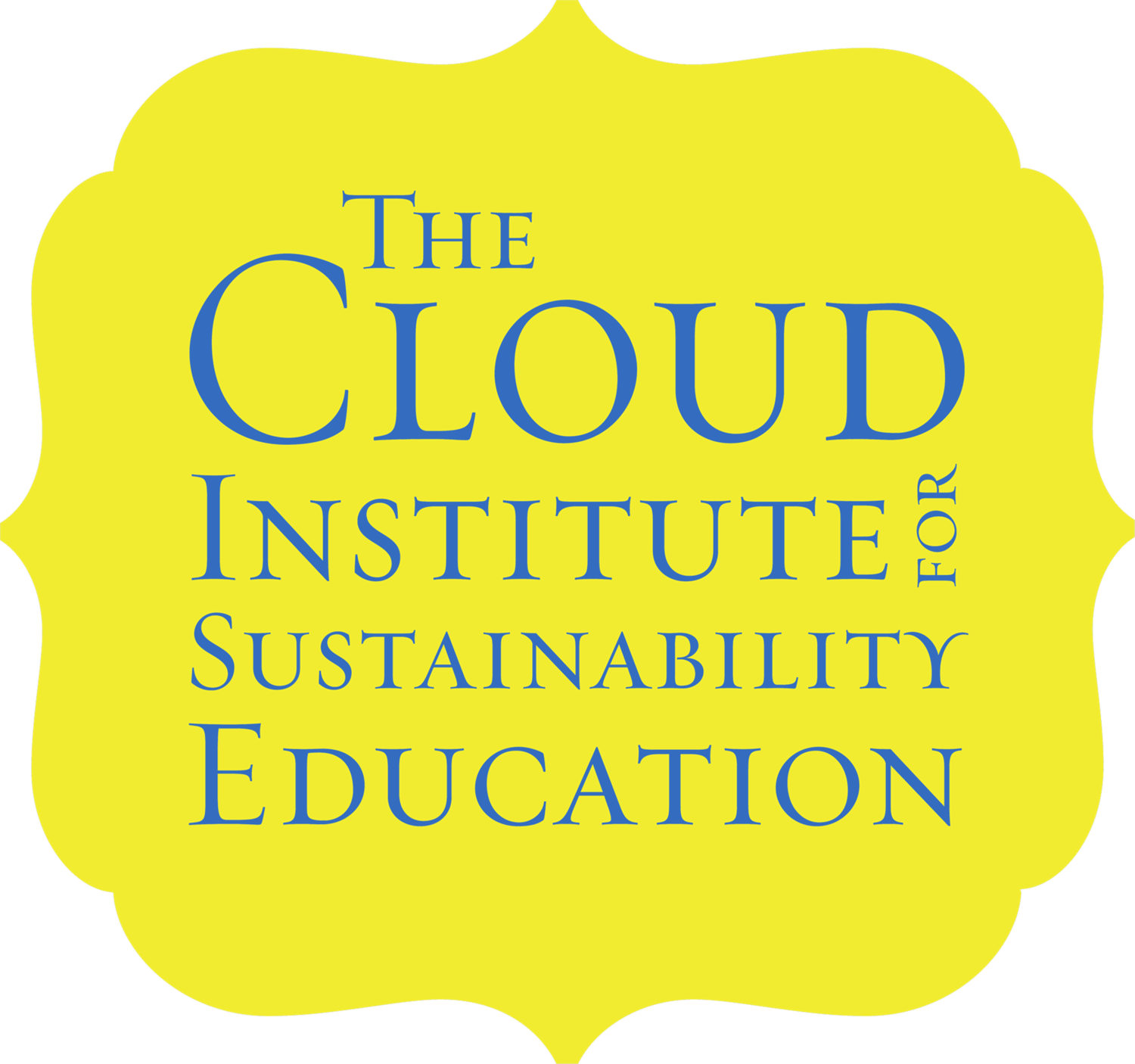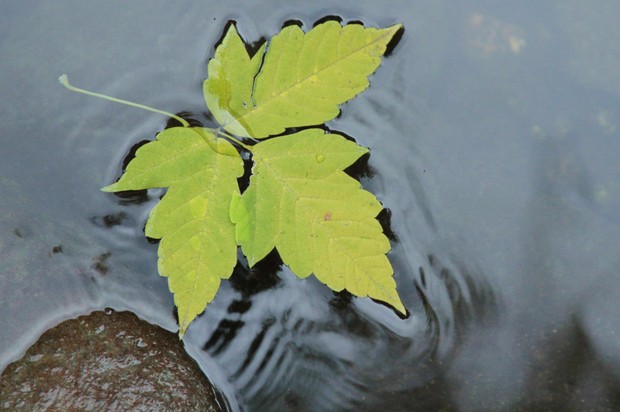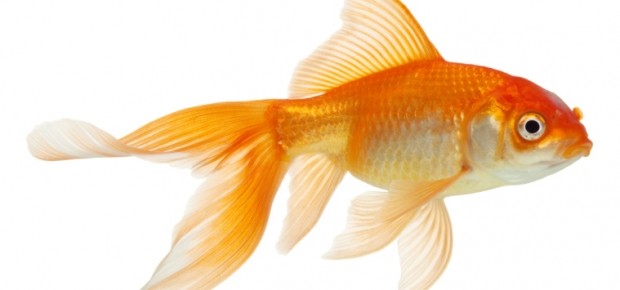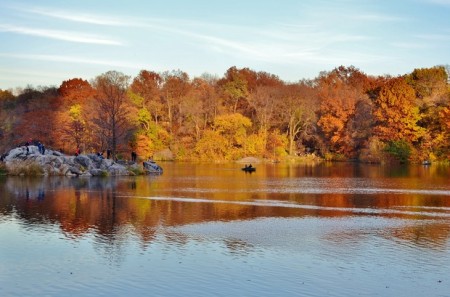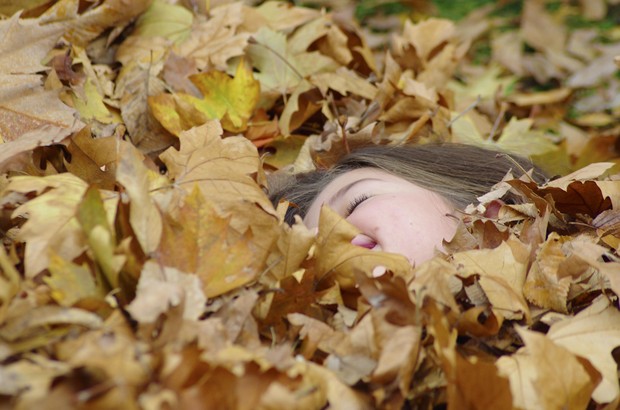MAY 2013 UPDATE: In March we shared information about one high school student in Hawaii named Trevor Tanaka who had proposed to the Hawaii State Legislature a resolution to require that the Hawaiian Department of Education formally embed Education for Sustainability into the core curriculum. Resolution HCR178 HD1 SD1 was adopted by the legislature on April 24th!!!! We congratulate Trevor, the educators who inspired him, and the legislature who not only listened to him, but who agreed with him.
We are humbled by Trevor’s grace and tenacity, and that of all the young people who are accelerating the shift toward sustainability by showing up, standing up, and taking the lead.
The resolution’s final language can be seen here
http://www.capitol.hawaii.gov/session2013/bills/HCR178_SD1_.htm
HCR178’s measure history and status can be seen here
http://capitol.hawaii.gov/measure_indiv.aspx?billtype=HCR&billnumber=178&year=2013
Repost from: http://www.hawaii247.com/2012/09/12/student-shares-why-sustainability-is-important
Original Post Date: September 12, 2012
By Trevor Tanaka | Special to Hawaii 24/7
It was September 2011. The state was abuzz over the upcoming APEC meeting in Honolulu in November where President Obama and 20 other heads of state would be gathering. All eyes would be on Hawaii.
It was the first time, since 1993, that the U.S. would be hosting APEC’s annual meeting. In an effort “to engage our local youth and provide them with a once in a lifetime opportunity to be a part of APEC,” the host committee sponsored an essay contest open to high school students.
Five winners would have the amazing opportunity to attend this premier economic forum in the Asia-Pacific Region.
While it sounded like an easy enough topic, I quickly realized that I really did not know enough about sustainability to write my essay. So that’s when my process of learning about sustainability started in earnest.
It also made me really think. Why would someone like me — a junior in high school, and a good student who had taken years of different science classes –- why was I having such a difficult time with this topic? Thus began my journey to learn about sustainability and the importance it plays in our lives today, tomorrow, and in the future of our world.
We all know that sustainability and clean energy are essential to Hawaii due to our location in the middle of the Pacific Ocean. Our current dependence on imports threatens our resources and our way of life. We also know that Hawaii is rich in renewable energy sources that have the potential to decrease our dependence on imports, especially imported oil.
I really believe that our ability to educate ourselves about finding the right balance of growing our economy, keeping our land healthy, and preserving our natural resources and culture is essential to our survival. In fact, our state is in a unique position to become a leader in our nation and possibly the world.
Through my research, I found out that some private schools in Hawaii offer courses/programs in some form of sustainable education (green technology, renewable energy, etc.). HPA (Hawaii Preparatory Academy) has its world-famous LEED-platinum certified Energy Lab.
Other schools incorporate sustainable education into existing courses, such as Environmental Science. Wouldn’t it be great if all students were given the equal opportunity to learn about the importance of sustainability and the role it plays in our lives today and will play in the future?
I decided to put my thoughts into action. I crafted Resolution No. 25 that requires all public schools in Hawaii to incorporate sustainability and clean energy units and related technologies as part of the Science curriculum.
In December 2011, I traveled to Honolulu to attend the 2011 Secondary Student Conference (SSC) held at the Hawaii State Capitol. The purpose of the SSC is to “provide secondary school students the opportunity to identify, discuss and arrive at recommended solutions to major youth problems, with emphasis on school problems that require the attention and joint action by the students, the Department of Education and the Hawaii State Legislature.”
At the Conference I presented the Resolution No. 25 to the 200 student delegates. I was very excited when 85 percent voted to support it!
This spring, I was nominated by Nancy Redfeather from The Kohala Center to serve as a youth delegate from the Big Island to the Stone Soup Leadership Institute’s 8th Annual Youth Leadership Summit for Sustainable Development on Martha’s Vineyard.
Five of us from the Big Island traveled together, representing the Sustainable Hawaii Youth Leadership Initiative (SHYLI).
Each SHYLI youth delegate created a power-point presentation on one aspect of sustainability: Agriculture, architecture, cultures, energy and environment. Mine was on Sustainable Education.
I expanded my research to learn about how other states and countries are involved with sustainable education. The New Jersey Sustainable Schools Network is promoting education for a sustainable future in all public schools in Jew Jersey.
The United Nations Decade of Education for Sustainable Development: 2005-2014 is a global initiative with the goal of reorienting education worldwide.
China has designated 1,000 public schools for Education for Sustainable Development. Japan has included Education for Sustainable Development into its national curriculum guidelines.
Every university in Sweden is required by law to teach sustainable development. I felt empowered knowing this. Just think Hawaii could become one of the leaders of sustainable education!
At the Summit, I met young people from islands around the world who are championing green initiatives in their communities. I also learned how people throughout history have struggled to keep their dreams alive.
I was inspired by youth leader Amira Madisen from the Wampanoag Tribe Gayhead-Aquinnah, who shared how they lost their language and are now working hard to reclaim it.
I also had the opportunity to share my vision for Sustainable Education in all Hawaii public schools on a national radio program – “Keeping it Moving with Marsha Reeves-Jews.” The entire Summit experience gave me hope and inspired me to take the next steps to pass the Resolution No. 25.
We are now gathering letters of support – from our elected officials to business and community leaders as well as young people and educators. I believe we all need to be concerned about sustainability.
My hope is we will build enough support to pass Resolution No. 25. Here are some highlights:
BE IT RESOLVED, that the Science curriculum for all public high schools in Hawaii be supplemented by the integration of sustainability/clean energy units that include the development of Hawaii’s energy, environmental, ocean, recyclable and technological resources; and
BE IT FURTHER RESOLVED, that the integration of sustainability/clean energy units in the Science curriculum will help educate students about the role that sustainability/clean energy plays in balancing the needs of Hawaii’s growing economy with protecting its environment and resources in a socially responsible way.
I want to see that all high school students throughout the State of Hawaii have the opportunity to take classes in or be exposed to some form of sustainable education as part of their science curriculum.
This will allow Hawaii’s youth to have a better understanding about sustainability and the connection it has with our way of life, especially here in Hawaii.
It is essential that everyone understand that keeping our environment healthy, keeping our economy healthy, and keeping our people healthy are all interrelated and will ultimately allow our culture, traditions, way of life, and unique island home to not just survive but thrive for generations to come.
Trevor Tanaka,
Senior, Konaweana High School
